International CFBT- I Instructor Course

International CFBT- I Instructor Course
Compartment Fire Behaviour Training Instructor Level 1
Course Objectives 
To provide students with the knowledge and skills required to deliver compartment fire behaviour training in carbonaceous-fuelled training props designed to show the stages of fire development up to rollover. It also includes the safe and effective operation of small and large scale props used to demonstrate a wide range of fire development variables and applicable control tactics, tools, and techniques.
>> [ International CFBT Instructor Course Quotation ]
รายละเอียด
Content
- Principles of fire development and behavior in compartments
- Principles of extinguishment
- Ventilation methods, tactics, and their impact on fire growth and spread.
- Nozzle techniques and effectiveness. Kill Zone concept, transitional attack
- Dynamic risk recognition techniques such as “Reading Fire” using the BE SAHF fire behaviour indicator method to recognition of the stage of fire development, assessment of fire progression, and understanding the potential effects of tactical ventilation and various firefighting techniques
- Strategies, Tactics and Tools for risk mitigation and safety during compartment firefighting and realistic training
- Tactical synergy. Strategic integration of tactical options.
- The principles of realistic training methods for compartment firefighting including the safe and effective operation of carbonaceous fuelled training props
- Hygiene and site setup for safety
- Instruction and assessment skills
- Firefighting, and training site risk recognition and mitigation techniques
- Security teams and tactics to ensure maximum safety and efficiency.
Target Audience
Fire Officers from Junior to Senior Officer Rank that will be directly involved in development or delivery of training programs to operational firefighters, or responsible for the development and implementation of realistic training programs and facilities.
Training Method
This 40 hour course consists of a combination of theoretical presentations, practical evolutions, classroom scenarios, and practical exercises. Trainees are assessed on a daily basis by the Instructors. The course instructors are experienced in delivery strategies that will enhance the learning experience for learners that use English as a second language. A high standard of competence is set for the group and the program is designed to allow for sufficient repetition of the practical components.
Theory Components
The theory component is designed to build on a solid practical firefighting background. While advanced, sufficient time is allowed to compensate for the fact that the trainees use English as a second language. Instructors are highly motivated to giving the trainees every opportunity to meet the high standards set. Any student requiring additional assistance outside of normal class hours will find that the Instructors are prepared to give as much help as the student requires. A variety of assessment methods will be used.
Practical Components
The practical components will consist of workshops, realistic training sessions, and tactical exercises. Trainees will be expected to be highly competent in the wearing of SCBA and familiar with all commonly used firefighting tools. All candidates must be fit for operational duties and the physical strain of realistic live fire training.
Certification
Students will be assessed against the competencies of the CFBT Level 1 Recognised Training Course as accredited by the Institution of Fire Engineers. All training and assessments are conducted in accordance with internationally recognised standards, such as NFPA 1403 (USA), The Guidance and Compliance Framework for Compartment Fire Behaviour Training (UK). The CFBTI Level 1 and 2 are accredited by the Institution of Fire Engineers as a Recognised Training Program.
Pre-requisites
2. English language skills or be provided with a competent translator.
3. Intermediate computer skills
4. Instructional techniques
5. SCBA qualified
6. Physically capable of undertaking ‘live fire’ training evolutions
This program involves live fire training and all participants must have completed the training outlined in the National Fire Protection Association 1403 Standard on Live Fire Training and received training to meet the job performance requirements for Fire Fighter I in NFPA 1001, Standard for Fire Fighter Professional Qualifications.
Participants must be medically and physically qualified to wear self-contained breathing apparatus (SCBA). Occupational Safety and Health Administration (OSHA) Respiratory Protection regulations (29 Code of Federal Regulations (CFR) 1910. 134) require that individuals who wear self-contained breathing apparatus (SCBA) receive an annual medical evaluation and be fit tested for the breathing apparatus used. In addition, this regulation prohibits conditions that may interfere with the facepiece seal (e.g., facial hair in the area of the facepiece seal).
NFPA 1981 Standard on Open-Circuit SCBA for Emergency Services (2007) and NFPA 1500 Standard on Fire Department Occupational Safety and Health Program (2007) provide additional information on the medical and physical qualification for the use of SCBA

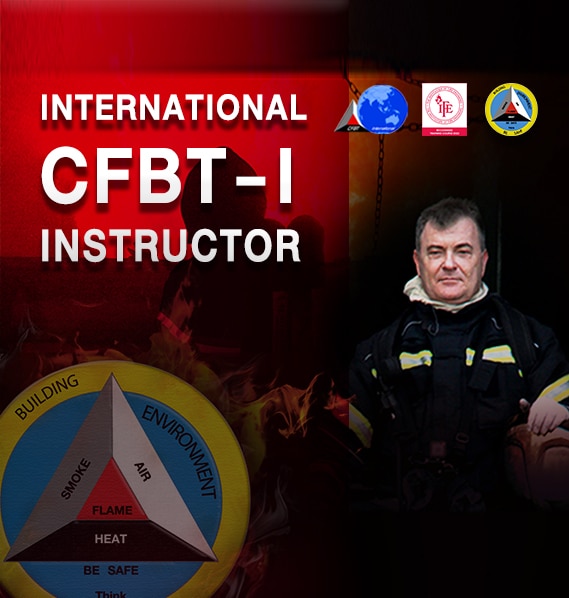
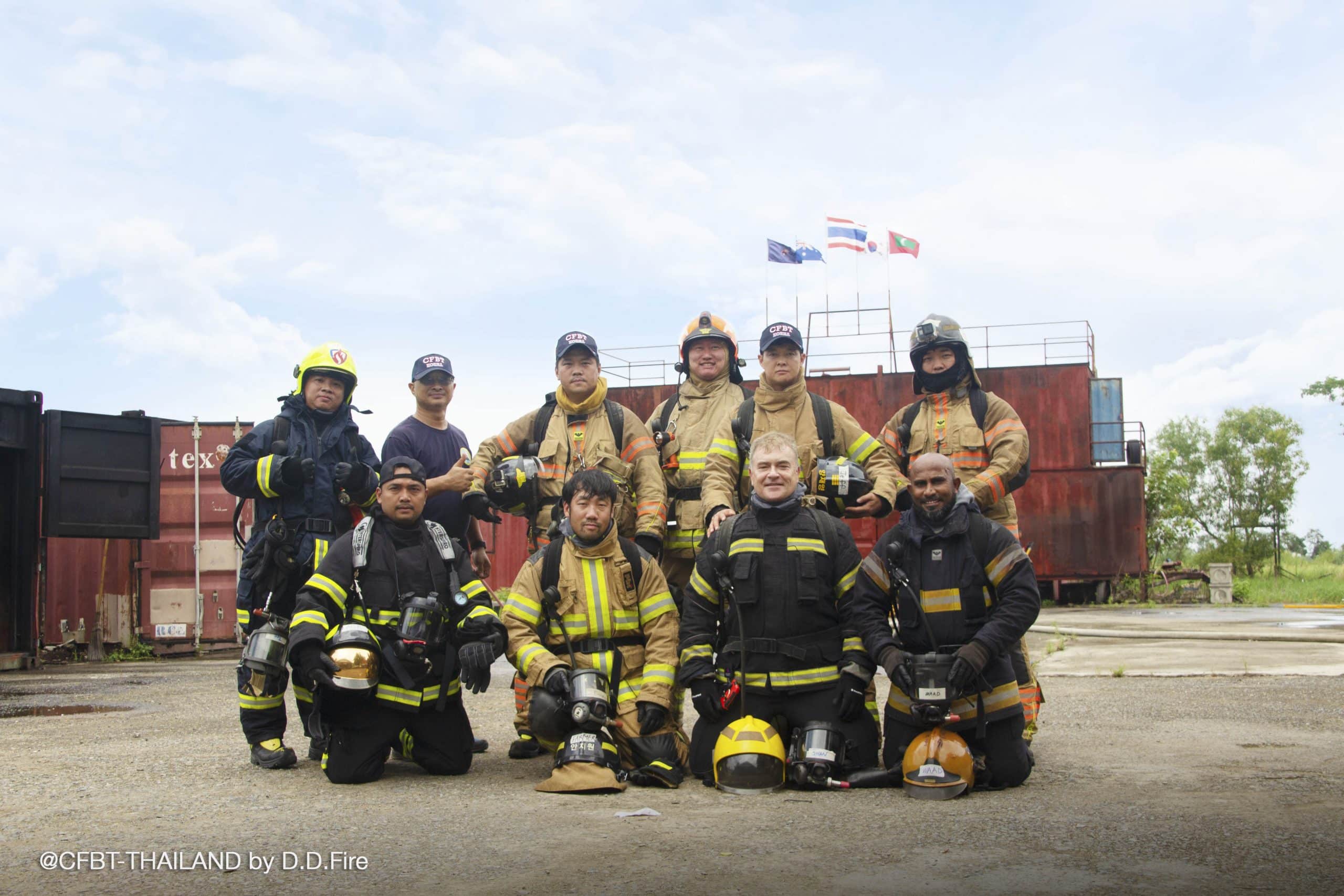
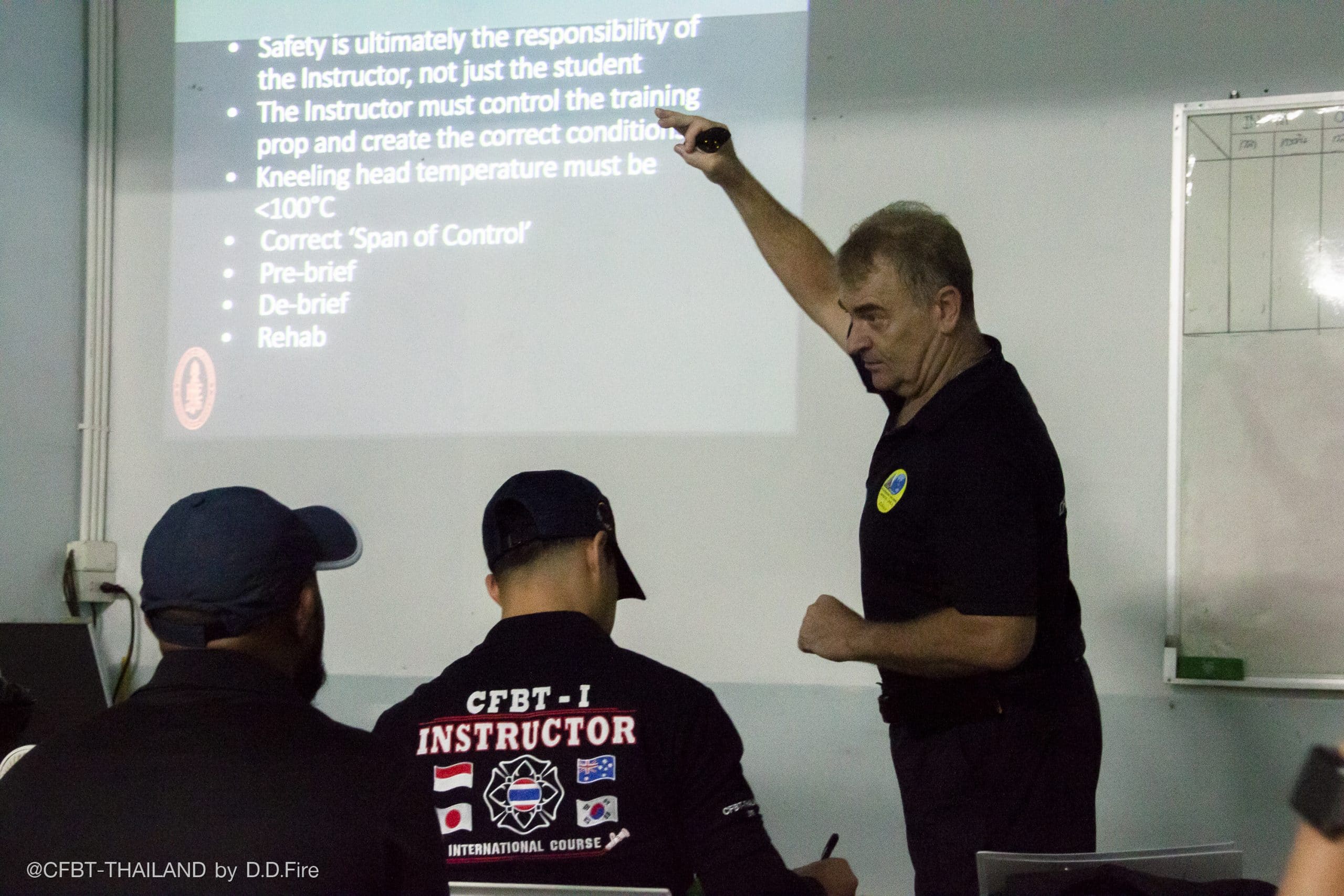
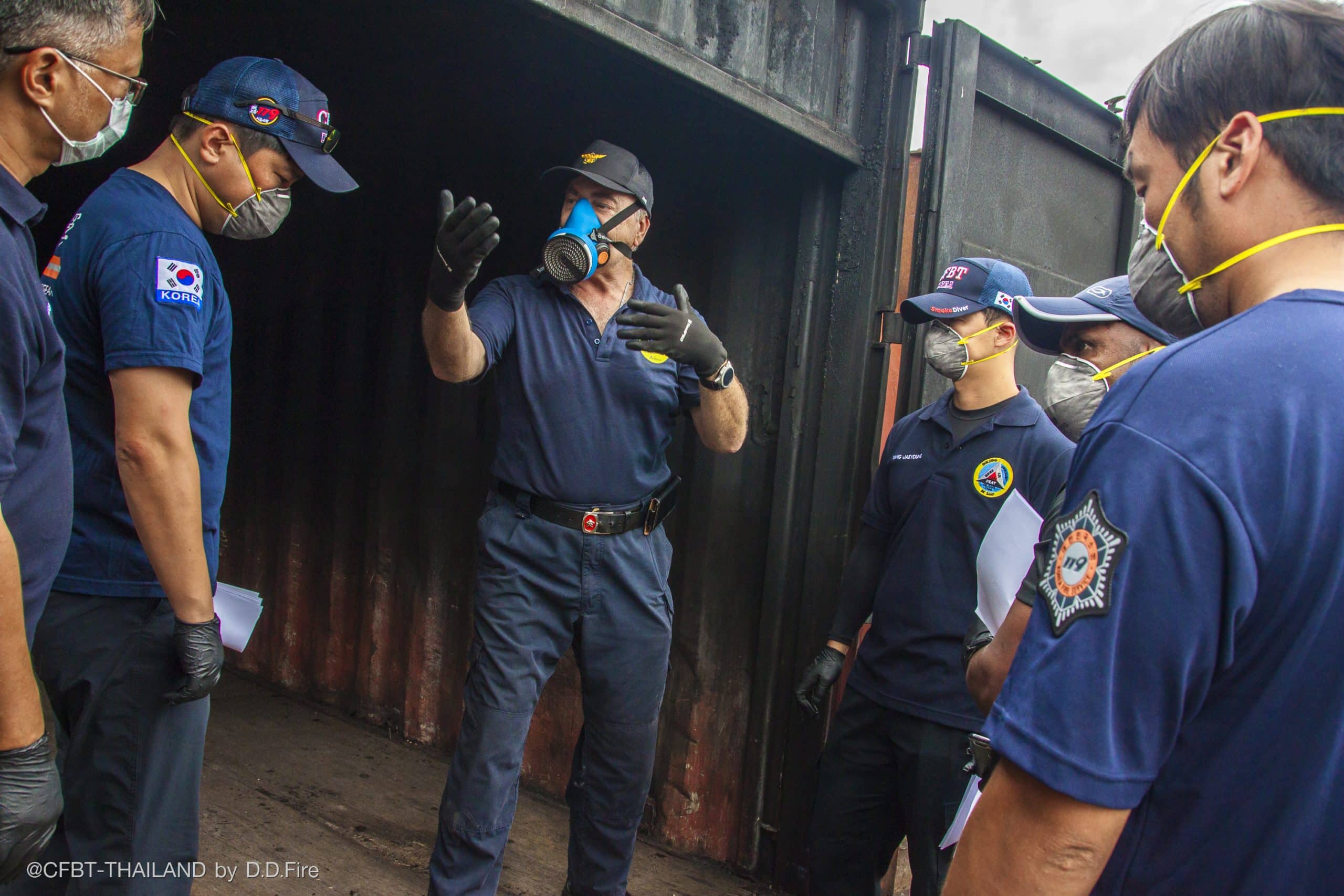
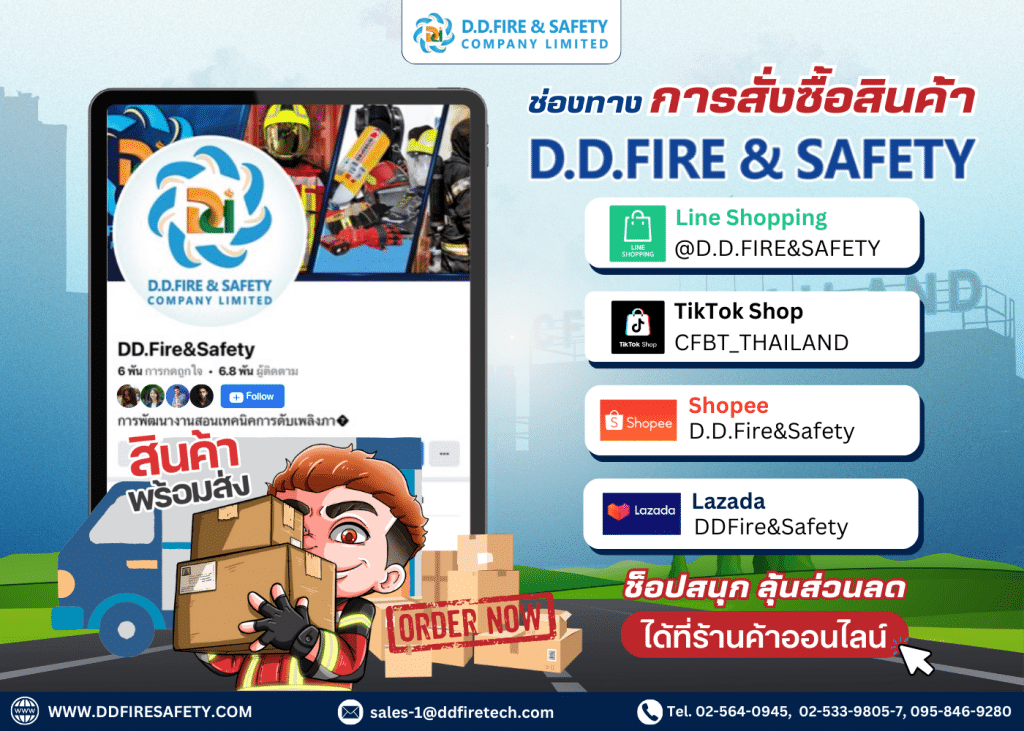
รีวิว
ยังไม่มีบทวิจารณ์